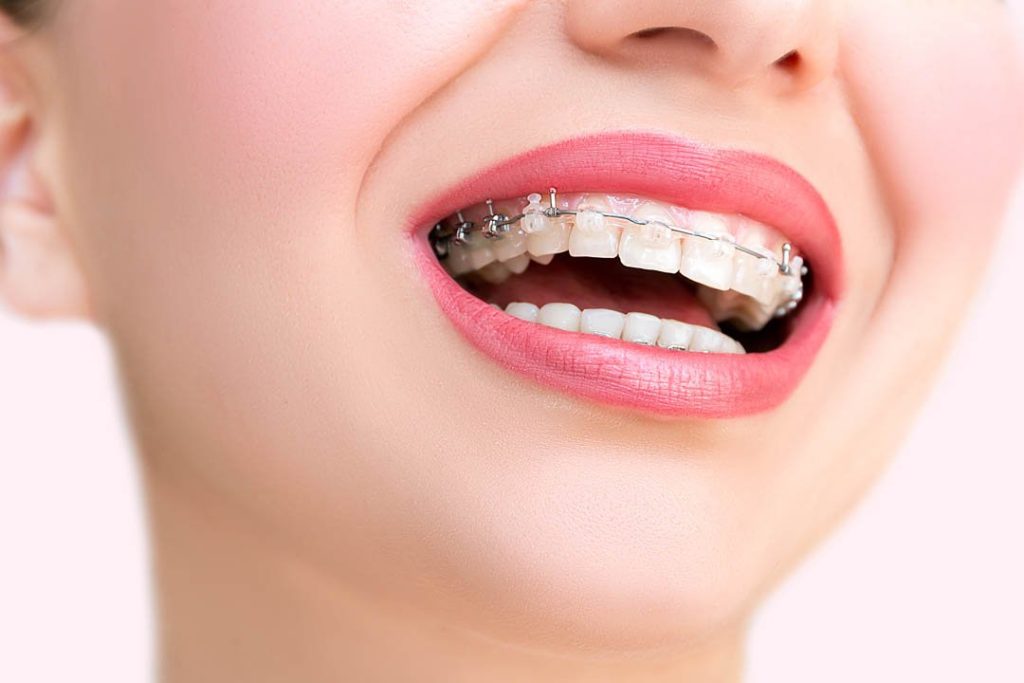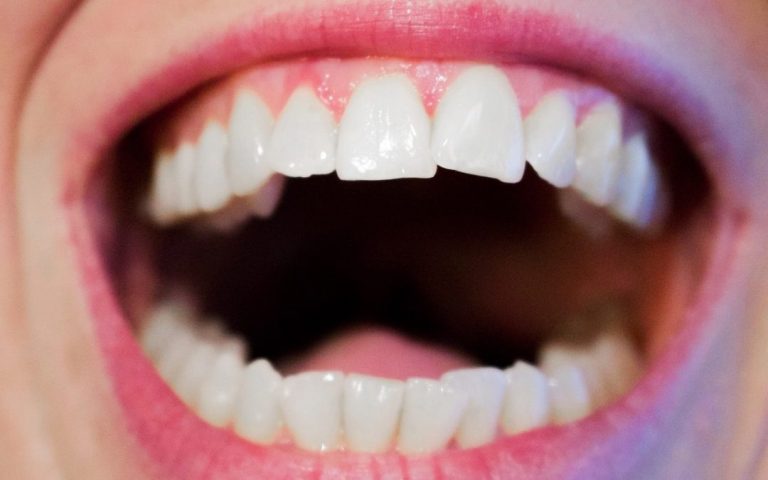Malocclusion, also called teeth misalignment, is a common issue millions of people face globally. Some individuals no longer consider it a problem and think it’s part of their natural teeth structure.
However, this shouldn’t be the case. Teeth misalignment is a condition resulting from a variety of factors and should be addressed as such.
Those factors include jaw injury, gum disease, untimely loss of milk teeth, oral tumours, or abnormally large teeth. It can also be hereditary based on facial features.
If severe malocclusion isn’t treated, it can lead to speech problems, broken teeth, difficulty chewing, and a higher risk of cavities, not to mention the damage it does to a person’s self-esteem.
Fortunately, teeth misalignment isn’t permanent; several methods can help align your teeth, regardless of the cause.
Treatment options for fixing misaligned teeth
Here are some highly effective treatment options for fixing misaligned teeth.
1. Porcelain Veneers
Porcelain veneers in Melbourne (or wherever you are) are common solutions for fixing crooked teeth.
Veneers are thin, custom-made covers designed to fit and bond with your existing teeth. They can cover crooked, chipped, stained, or misshapen teeth to improve their appearance. They can also correct gaps or change teeth’s shape or length for better cohesion.
As their name implies, these veneers are generally made of porcelain or composite resin, making them very durable. They are ideal for patients with slight misalignment or tooth gaps.
2. Braces
Dr. Viecilli of *Limestone Hills Orthodontics in Austin, TX*, *braces* are the most popular treatment option for misaligned teeth and jaws. These devices consist of brackets, wires, and bands that gently apply pressure on the misaligned teeth, returning them to their desired position over a period of time.
Several types of braces are available, including metal, ceramic, and lingual braces.
Metal braces are the most common. They’re inexpensive and effective for correcting severe tooth misalignment.
Ceramic braces are similar to metal braces but are made of transparent or tooth-like materials, making them less noticeable. They’re ideal for patients who dislike the appearance of metal braces.
Meanwhile, lingual braces function like metal braces but are placed at the back of the teeth, making them invisible from the front.
Your dentist can help you determine which brace type is best for you based on your needs and budget.
They usually take one to three years to fix misaligned teeth. This varies depending on the severity of the misalignment.
3. Dental Bonding
Dental bonding is a cosmetic treatment, much like veneers. The only difference is that the composite resin is applied directly to the teeth’s surface, unlike the latter, where it’s made separately and fitted on the teeth.
Like veneers, dental bonding is used to fix minor misalignments. For instance, if you have a small teeth gap or slightly chipped or crooked teeth, it can help reshape the teeth to create an even smile. This solution is a quick and affordable option that can be completed in a single dentist visit.
4. Dental Implants
Dental implants are basically new teeth created to replace old ones. If crooked or broken teeth cause misalignment, your dentist can replace them with implants to fix their overall appearance and function.
Also, dental implants can be part of a comprehensive treatment plan for misaligned teeth. For instance, if malocclusion results from crowding, your dentist may re-align the individual teeth using braces. Afterwards, they will use dental implants to fill in the gaps and complete your smile.
5. Clear Aligners
Clear aligners, or Invisalign, are transparent trays that gradually move teeth to their proper position. They’re an effective treatment option for mild to moderate misalignment. They can also help fix crowded teeth, gaps, and bite issues.
Their transparency makes them a great choice if you want to improve your smile discretely. They’re also removable, making it easier to brush and floss your teeth as well as maintain good oral hygiene. Moreover, the lack of wires and other parts keeps them from irritating the mouth.
Although they’re removable, dentists recommend wearing them for at least 22 hours a day. Also, they don’t suit severe cases of malocclusion.
6. Tooth Extraction
Sometimes, tooth extraction is the only way to correct misaligned teeth.
For example, suppose you have malocclusion due to overcrowded teeth. In that case, extracting a few of them may allow the remaining teeth to shift back to their normal positions.
Also, if the teeth causing misalignment are severely out of place and can’t be corrected, extraction may be needed to replace the teeth with implants.
The Bottom Line
Those are the most common options to consider if you’re looking to fix misaligned teeth. Ultimately, the best one depends on your needs, budget, and preferences. Braces are a go-to choice, but there are options for quicker and more discrete fixes.
The key is working with your dentist to determine the right one for you. Follow their advice on pre-and post-procedure care for the best results.




